Regional Wasteshed Planning#
After more than 50 years of service the Larimer County Landfill is almost at the end of its useful life – it is forecast to reach capacity and close by 2024.
In light of this significant change, the City of Fort Collins has been working closely with regional partners Larimer County, Loveland, Estes Park and Wellington to plan for the long-term future of waste disposal and resource recovery infrastructure in Northern Colorado. After several years of careful analysis and stakeholder input, Larimer County adopted a Solid Waste Infrastructure Master Plan and partner communities adopted a supporting Intergovernmental Agreement. All the partner communities are working together to implement this visionary plan, including a coalition of elected officials known as the Regional Wasteshed Policy Council.
New Infrastructure#
Significant new infrastructure is planned, including resource recovery facilities for yard waste, food waste, and construction debris, as well as a convenient trash drop-off site for residents and trash haulers, upgrades to the existing recycling center, and a new landfill in the northern part of the county.
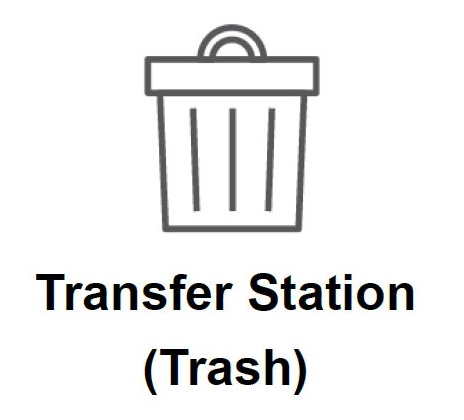
Convenient trash drop-off for both residents and trash haulers in separate traffic lines.
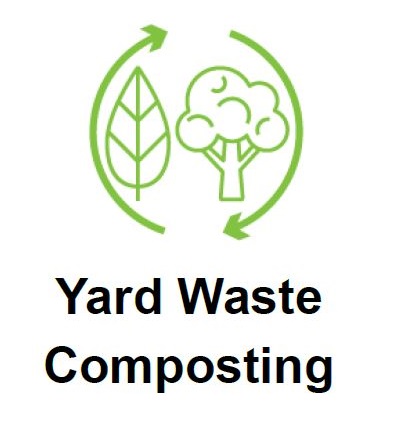
Windrow composting system that turns yard trimmings (leaves, branches, grass, etc.) into a valuable soil amendment (compost).
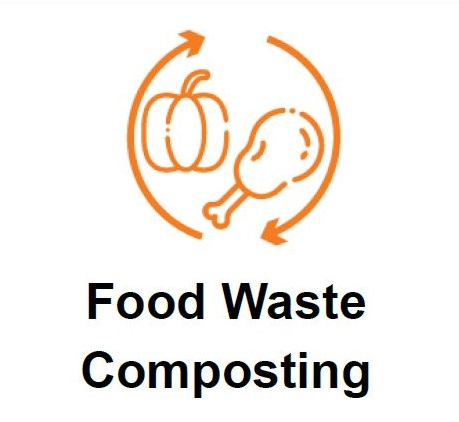
An enclosed composting system that turns food scraps into a valuable soil amendment (compost).
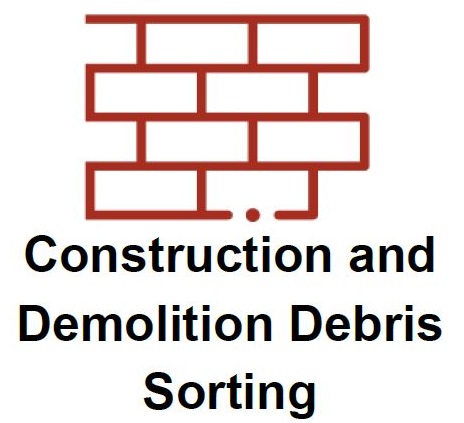
A covered facility that sorts recyclables out of mixed loads of materials from building sites (such as wood, metal, and concrete, etc.)
A modern sanitary landfill for containing garbage.
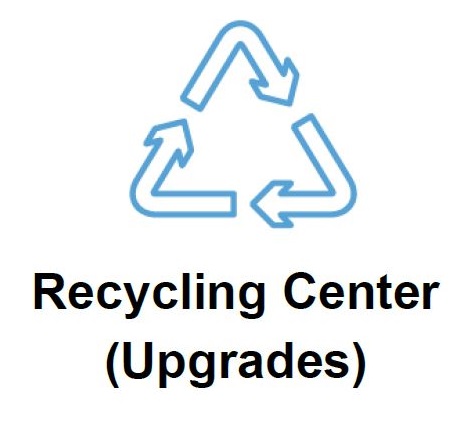
Improvements to the existing facility that handles mixed recycling
All proposed facilities, except the new landfill, will form a resource recovery center at a familiar and centralized location adjacent to the existing landfill (near S. Taft Hill Road & W. Trilby Road).
- The trash transfer station will provide a high level of convenience and safety to customers with a new entrance and separate lanes for commercial and self-haul visitors.
- A modern, sanitary landfill will be built on a section of County-owned land in northern Larimer County and will predominantly accept trash from the Central Transfer Station (including landfill waste from Fort Collins). More Information
Supportive Policy#
Communities participating in the Regional Wasteshed Coalition will adopt new policies and programs that help send material to the proposed County-owned facilities and create a fully-functioning system.
Ordinance for Flow Control of Construction & Demolition Waste#
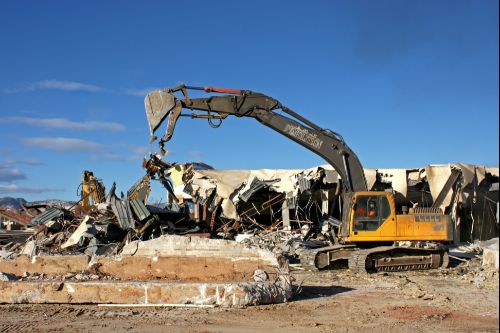
One of the specific new supportive policies that the Solid Waste Infrastructure Master Plan calls for is flow control for construction and demolition (C&D) waste. "Flow control" is a legal requirement that all waste material of a certain type be delivered to a certain place.
Fort Collins City Council adopted building code amendments in May 2019 that institute flow control for mixed loads of C&D waste. It requires this type of material be delivered to a future recycling center, which will be built by Larimer County specifically to sort out C&D recyclables for recovery and sale back into the regional economy.
This policy was a necessary first step for Larimer County to build the C&D recycling center and it eliminated the "chicken and egg" problem. (I.e., it’s not sensible to collect C&D waste without a facility; and it’s not feasible to build a facility without material for it to process. This policy helps ensure there will be sufficient material to operate the facility once it is constructed.)
Policy Details:
- Although the building codes were changed in 2019, the flow control requirement would only be triggered by completion of an operational County facility (by 2024)
- Requirement will be in effect for ten years from when the new facility begins accepting materials
- New system will provide the convenience of “all in one bin” collection service for C&D waste
- Waste hauling companies will still be able to provide “business as usual” service in which recyclables are separated at the job site, if preferred (in which case those materials could be hauled to any recycler)
Yard Trimmings and Food Scraps Diversion#
Fort Collins and other municipalities in the coalition will be engaging with community members to develop policies and programs appropriate for each community to divert yard waste and food waste from landfills.
For updates and to participate in the conversation about this policy, sign up for our periodic recycling newsletter (sign up at the top of this page under the Recycling header).
Project History#
What is a Wasteshed?#
waste·shed
ˈwāstəˌSHedˈ
noun
1. An area that shares common rules and means for handling waste.
The term "wasteshed" is used to describe an area where waste, much like water or air, does not adhere to normal boundaries. The regional wasteshed of Colorado's North Front Range is an area in and around Larimer County, including all solid waste generated by residents and businesses from the cities, towns, and unincorporated areas.
Regional Wasteshed Coalition#
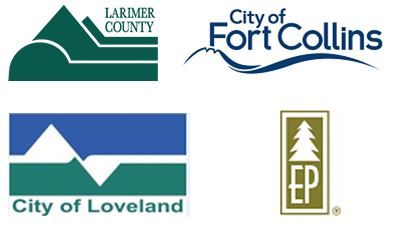
The Regional Wasteshed Coalition is made up of staff and elected representatives from Fort Collins, Loveland, Estes Park, and Larimer County. Throughout a rigorous, multi-year planning process, the Coalition worked with stakeholders and the public to research and propose new facilities to construct and open before the County landfill closes. The Coalition developed the Solid Waste Infrastructure Master Plan, which Larimer County adopted in late 2018.
Regional Wasteshed Planning Timeline#
Phase 1#
The first phase of the project focused on information gathering.
- A preliminary Regional Wasteshed Planning Study was researched and prepared in 2016 to better understand how much solid waste is generated in the region, where it goes, and what options exist for after 2025. Read the full report.
- During the summer of 2016 more than 1,200 Larimer County residents responded to a survey regarding their recycling habits and attitudes. Read the summary report.
- Survey responses and information from the Planning Study were used to design public forums, four of which were held with the help of CSU’s Center for Public Deliberation.
- A two-season “waste characterization” study of material accepted for disposal at the Larimer County Landfill was conducted in 2016. A major finding of the waste sort was that organics (yard trimmings and food scraps), as well as construction and demolition materials, offer a significant opportunity for waste diversion. Read the full report.
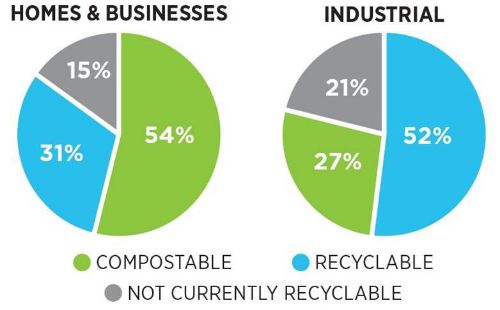
Landfilled Waste from Fort Collins 2016
Throughout Fort Collins valuable resources are currently being buried in landfills, as shown in the figure to the left and in the 2017 Waste & Recycling Report. To help meet community diversion goals and serve the region for decades to come new facilities are outlined in the new master plan, The proposed facilities are projected to divert as much as 40% of what is currently landfilled, delivering useable products back into the regional economy.
Phase 2#
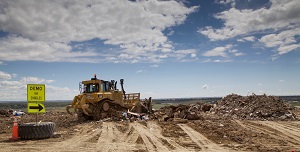
The second phase of the project focused on setting unified goals for the process and assessing options for new facilities and programs. Adopted Wasteshed Goals:
- Establish regional materials management system
- Implement solid waste programs and facilities
- Develop waste diversion/reduction goalsfor all jurisdictions
- Conduct strong, consistent public educationand outreach
A Stakeholder Advisory Group met throughout 2017 to assist the Coalition by reviewing relevant technical and policy information.
Eleven possible solid waste infrastructure options we identified and each option was evaluated to determine its benefits and costs using a triple-bottom line modeling tool to calculate financial, environmental, and social impacts. Other considerations include capital costs, timeframe to complete, projected disposal costs, and portion of the waste-stream handled.
Infrastructure Options Evaluated
- Central Transfer Station
- New County Landfill
- Yard Waste Composting Facility
- Food Waste Composting Facility
- Construction and Demolition (C&D) Processing Facility
- “Clean” Material Recovery Facility (MRF)
- Food Waste Pre-processing Facility for Anaerobic Digestion
- Direct Combustion Energy-from-waste Facility
- Refuse Derived Fuel (RDF) Energy-from-waste Facility
- “Dirty” Mixed-Waste Material Recovery Facility
- Status Quo (Do Nothing Upon Landfill Closure)

Map of proposed resource recovery facility, located just south of the existing landfill complex (near S. Taft Hill Road & W. Trilby Road).
Public Engagement#
The Coalition worked closely with stakeholders and members of the public in developing the proposed Master Plan.
- A Stakeholder Advisory Group met seven times between May 2017 and September 2018 to provide input and review technical and policy information produced by coalition staff.
- Over 50 stakeholders were invited to participate from key sectors including: the business community, academia, regional governments, waste haulers and recyclers, boards and commissions, state agencies, and advocacy groups.
- Coalition staff met directly with local waste haulers throughout the project to seek feedback and discuss impacts on their operations.
- Staff engaged with numerous boards and community groups and they provided feedback throughout the project.
- Four open houses were held in May of 2018 throughout the County to educate the public about the topic and seek input to the plan.
Plan Adoption and Intergovernmental Agreement#
Fort Collins City Council unanimously adopted a resolution of support for the master plan on January 15, 2019.
An intergovernmental agreement formalizing commitments by participating jurisdictions was was reviewed and approved by Council in February 2019.
The Regional Wasteshed Coalition is now working together to implement the plan.